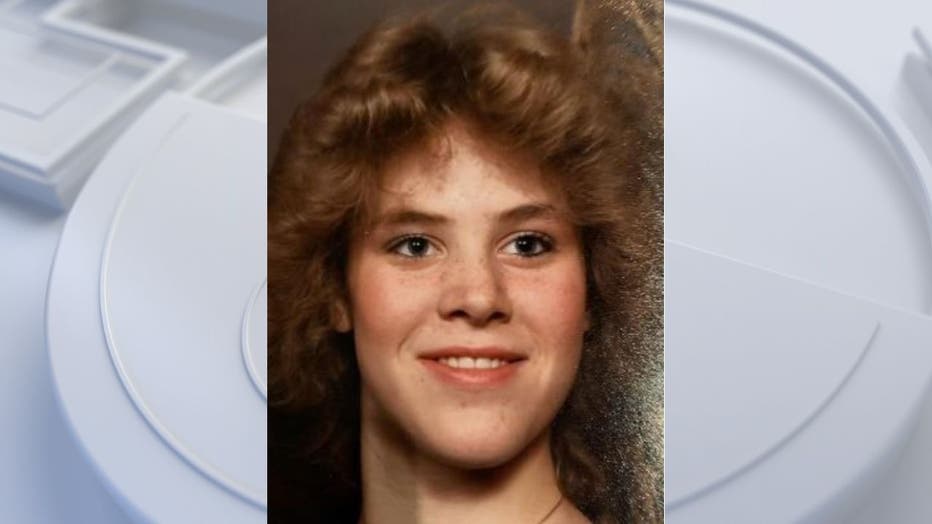DNA technology helps identify another victim of 'Green River Killer' Gary Ridgway

Mother speaks out 40 years after her missing daughter was identified as victim of serial killer Gary Ridgway
Lori Anne Razpotnik, previously referred to as 'Bones 17' by authorities, was identified as one of the victims of the notorious serial killer Gary Ridgway, also known as the Green River Killer, bringing a sense of closure to a case that had remained unresolved for years.
KING COUNTY, Wash. - It's a case that terrorized Western Washington for decades, but modern technology is helping give a family closure. In the ‘80s and ’90s dozens of women and girls were found murdered in the Seattle area by serial killer Gary Ridgway known as the "Green River Killer."
Lori Anne Razpotnik, previously referred to as "Bones 17" by authorities, was identified as one of the victims of the notorious serial killer Gary Ridgway, bringing a sense of closure to a case that had remained unresolved for decades.
Among those victims was Lori Anne Razpotnik, who at the age of 15, went missing in 1982 after she ran away from her Lewis County home. Her disappearance remained a haunting mystery until recent developments.

Lori Anne Razpotnik
On Dec. 30, 1985, city of Auburn employees were called to investigate a car that went over an embankment near Mountain View Cemetery. During the investigation, detectives found human remains. Further search efforts unveiled a second set of human remains in the vicinity. They were labeled "Bones 16" and "Bones 17."
In 2002, Ridgway led detectives to the same area and admitted to placing the victims there. He pleaded guilty in 2003 to murdering these two victims. In 2012, DNA testing identified "Bones 16" as Sandra Majors. However, for years, the identity of "Bones 17" remained unknown.
RELATED: Case of the 'Green River Killer' examined in documentary
Donna Hurley, Razpotnik's mother, told FOX 13 the last few days have been difficult.
One of the last conversations Hurley recalled having with Lori before she ran away.
"You don't love me. You won't let me go horseback riding. I'm mad at you today," Hurley said."I just I had to go to tough love."
She said this was her tenth or twelfth time running away and was hoping her daughter would return home.
Hurley had a private investigator look for her, and even reached out to friends in law enforcement.
"I thought to myself, it wouldn't surprise me if Lori was one of the [Green River Killer's] victims," Hurley said.
The turning point in Lori Anne Razpotnik's case emerged when a DNA test from an ancestry service was taken by Hurley's granddaughter.
"It popped as a match for Lori," Hurley said.
She said she sent one back herself, and a second match was made.
Detectives successfully identified "Bones 17" as Lori Anne Razpotnik this year, finally giving her a name and bringing closure to her family after decades of uncertainty.
"I finally know where she is," Hurley said. "Now I have to put her where she needs to be. I'm going to try and have her buried at her dad's right shoulder because that was her favorite spot."
Gary Ridgway, the convicted killer at the center of these heinous crimes, was found guilty in 2004 for the murders of 49 women. Yet, some suspect his victim count may be higher, with estimates reaching as many as 70 victims. Currently serving a life sentence for these crimes, Ridgway's actions continue to haunt the communities affected by his reign of terror.
The King County Prosecuting Attorney’s Office says this isn't the end of the road for the case.
"The sheriff's office even with the identification today, they are still trying to identify those other young women and girls who were killed, so I don't think this is going to be the end of it," Casey McNerthney, a spokesperson for the KCPAO said.

